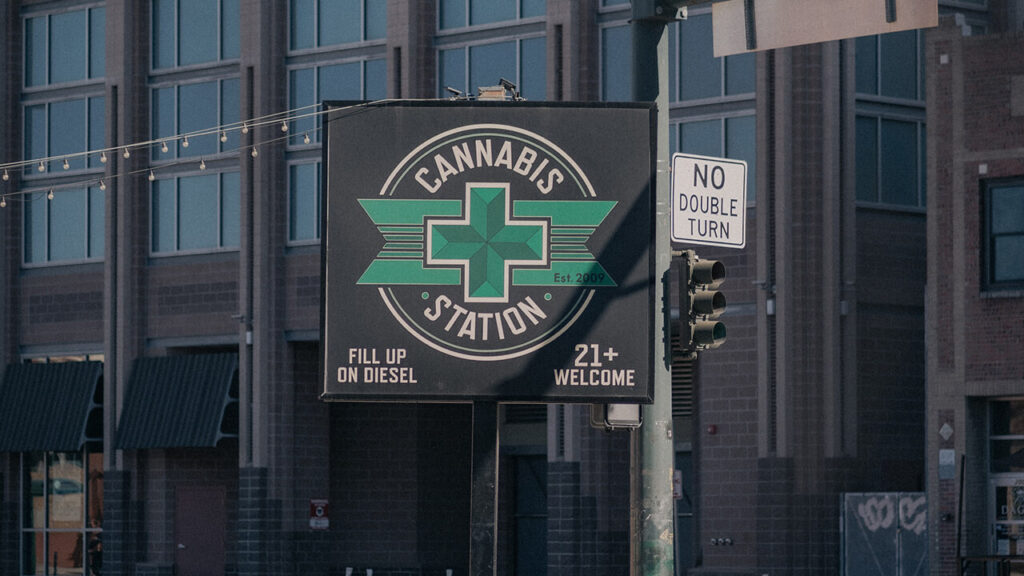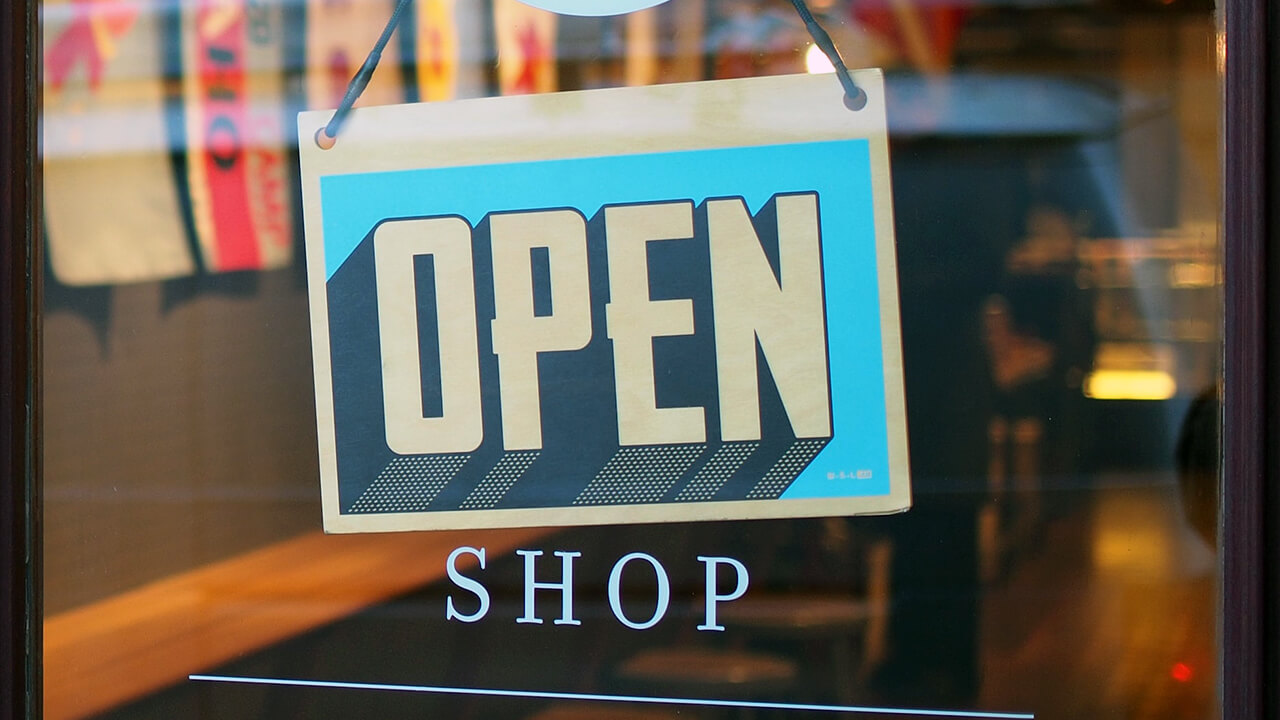It wasn’t that long ago that cannabis was hugely stigmatized as a social evil in the United States, and to some extent, that stigma remains. As cannabis brands continue to innovate in their marketing and consumer education, and more consumers are exposed to these products, the stigma continues to melt away. In this piece, we argue that highly visible advertising through OOH (out-of-home) strategies are another powerful weapon in the destigmatizing toolkit.
It wasn’t long ago that politicians were more likely to say “marijuana is a gateway drug” than to support medical / recreational cannabis laws.
That stigma is gradually falling away as more of the public becomes aware of studies showing the medicinal uses of cannabis products, and the effects on states that launch medical or recreational programs.
Let’s have a look at what OOH is, and how cannabis brands can use it to advance the conversation around cannabis.
What Is OOH Advertising?
Maybe you aren’t familiar with the term “OOH,” but you’ve probably been seeing OOH advertising for most of your life.
“OOH” refers to “out-of-home” advertising, and it consists of any kind of advertisement that isn’t located on a device you would use at home, such as your smartphone, computer, or television.
What are the types of out-of-home advertising?
Because OOH advertising encompasses any kind of ad you can see outside of your home, there is a ton of variety to it. The types of OOH ads you’ve probably encountered can be found on or in:
- billboards
- posters
- murals
- bus stops
- buses themselves
- city service kiosks
- taxi cabs
- elevators
- arenas
- movie theaters
- stores and malls
- street-level digital ads
- screens at gas stations
Think of anywhere you go publicly, and there is likely some kind of print or digital advertising there.
You’re walking through a subway station and see a digital carousel sign that’s cycling through four or five ads. You’re driving down the highway and see a billboard for a law firm. You’re taking the bus and see your local hospital advertising on the side of it.
These are all examples of OOH advertising, and they’ve been around for many years.
What we are discussing here is how some cannabis brands have taken to this tried-and-true form of advertising not only to promote themselves but also to help break down the remaining social stigmas on cannabis.
Real-World Examples of OOH Advertising
To give you a better sense of OOH advertising in action, here are four examples of it working in the real world.
Nugg Club
Nugg Club is the first cannabis subscription box in the United States, and they turned to OOH to get the word out about their service in the highly competitive cannabis market.
The company used OOH advertising company OneScreen.ai to engage in a campaign meant to increase engagement online and obviously drive up subscriptions to the service, and all targeting certain zip codes in Los Angeles.
Over six weeks of billboards and rideshare videos, Nugg Club experienced a 22% increase in web traffic and a 10% increase in returning visitors.
Charlotte’s Web
The cannabis company Charlotte’s Web used OOH in the form of urban art installations that showed hands holding cannabis leaves.
With the billboards’ tagline stating “Trust the Earth,” the campaign ultimately secured more than 250 million impressions from earned media.
That worked out to a 30% increase in the company’s brand awareness.
The company has also extended its OOH efforts by placing free hemp-infused CBD creams and ointments in vending machines in remote locations, such as atop a sandstone mountain in Moab, Utah.
Black Market Killer
The cannabis dispensary Black Market Killer ran an OOH campaign of billboards featuring its name next to the slogan “Ditch your dealer, step into a dispensary.”
The slogan called to mind the fact that cannabis is now legal in many states and doesn’t have to be bought on the street anymore.
Leafly
Finally, in 2022, cannabis-education website Leafly started an OOH advertising campaign in New Jersey, as the state had just licensed recreational cannabis sales that April.
Leafly used OneScreen.ai to run multiple billboards with taglines such as “Legal Green in the Garden State,” “Need Weed? We Got You,” and “Shop Legal, Local Weed.”
Leafly’s campaign, and all of these that we’ve mentioned, are just a few examples of what is possible with digital out-of-home ads for cannabis.
Why Do Stigmas Remain Around Cannabis?
Our own federal government is largely to blame for cannabis stigmas, because of its role in spreading misinformation about cannabis, essentially anti-marijuana propaganda.
In our experience at Heady, we have found that most individuals’ social stigmas around cannabis come from a lack of knowledge about cannabis and its many medicinal uses, or a bad personal experience with cannabis in the past.
It’s common to encounter fear of anything cannabis-related, citing misinformation, and folks who call out the remaining federal illegality of cannabis as their reason for opposition.
Despite all of the industry’s challenges with stigma, more and more people today are realizing the profoundly positive effects that cannabis has had on them and people they know.
What we are proposing here at Heady is that more innovative, more visible ads for cannabis brands can gradually shift the public’s view of cannabis, normalizing it as just another marketable product that’s available to people.
OOH Advertising and Breaking the Cannabis Social Stigma
Some cannabis-based companies are already trying this method. The challenge about it is to do it while navigating the rules and regulations of cannabis advertising in your state.
Obviously, those regulations will differ based on your area, but you’ll likely encounter the general rule in cannabis states that none of your cannabis ads can be shown to a cross-state audience.
Some states also ban advertising cannabis to people under age 21 and depicting the products by themselves or being used by people.
If you want to advertise your company while also breaking the cannabis stigma in a positive light, you have to know what you’re trying to do and who you want to reach.
Understanding those two things will inform you of where and how you should be advertising in the OOH environment.
For example, we can see the California CBD brand profiled in this story went big on top-of-funnel OOH advertising through billboards, with the hopes of securing new customers that way.
Once you’ve gathered everything together–your state and local advertising regulations, budget, and measurable goals for the OOH ad campaign–you can get into the creative and messaging part of things.
Research which OOH locations are the best fit for your campaign by determining where your ideal customers move. You want to be as surgical as possible to get in front of exactly the people you’re trying to reach. Work with a trusted partner like Heady if you aren’t comfortable executing this research yourself.
The results can be powerful. In addition to the value of the advertisement itself (putting your brand in front of new consumers), you’re gaining credibility with industry partners, and playing a key role in destigmatizing our industry.
This is an exciting yet simple way to make sure cannabis isn’t seen as a dirty secret. In doing so, you’re building visibility for your cannabis brand, as well.
Not only does this help your business, but it also subtly brings cannabis into the mainstream by presenting it as no different than any other product for sale.
As our friend Tim Rowe of the OOH Insider podcast said:
“The opportunity for cannabis brands to build instant credibility at scale with their target customers is by connecting offline attention to online conversion. The brands that will control market share over the decade are the ones who understand that truth.”
Let Heady Help with Your Cannabis OOH Advertising
We threw a lot of information at you here, but we hope the key takeaway for you is that physical and digital out-of-home ads can go a long way toward getting your brand name out into the public eye while simultaneously normalizing cannabis as an industry.
If you need some help getting into the processes that can efficiently fuel your OOH cannabis advertising campaigns, get in touch with Heady.
Our cannabis digital marketing services can fit into any marketing setup you currently have, even if you don’t have any setup at all.
Let’s talk. We’ll show you how we can use our process to help you strategize on your next campaign.



